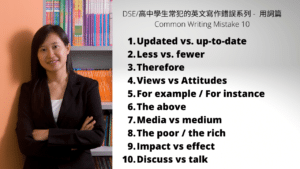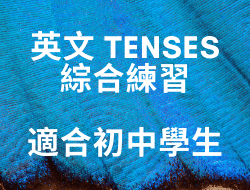IELTS Book 11 Test 1 Task 2 Writing Band 9 pdf
IELTS 11 Writing Model Essay (Free sample)
Test 1 Task 2 Question
Write about the following topic:
Many government think that economic progress is their most important goal. Some people, however, think that other types of progress are equally important for a country.
Discuss both these views and give your own opinion.
Give reasons for your answer and include any relevant examples from your own knowledge or experience.
Write at least 250 words.
Test 1 Task 2 Model Essay by an Expert
The government has the power to encourage people to use of one mode of transport over another, by investing in certain means of travel to make them more desirable. In this essay, I will argue that whilst the government should encourage citizens to use public trains, they should still keep the roads convenient and safe.
It is important for the government to encourage use of the railways, since travelling by train is far better for the environment than driving. Road users account for a staggering 71% of carbon dioxide emissions, compared to the diminutive 2% emitted by trains. In order to fulfil their duty to reduce damaging carbon emissions – for the sake of the environment and public health – the government should invest in ensuring that trains are regular, convenient and affordable, so that people choose to use them instead.
Encouraging people to use railways rather than roads would also solve the interminable problem of traffic congestion on Hong Kong’s streets. Rush hour congestion has a myriad of associated problems, such as unacceptably long commuting times for workers, and increased stress. If more people felt that the trains were a better option, there would be fewer vehicles on the roads, alleviating the congestion problem.
However, the government also have a responsibility to ensure that roads are safe and well-maintained, in order that people still have a reasonable choice about how they travel. Roughly 3 people are killed on Hong Kong’s roads each week, which is stark evidence that the government should be investing in safety features in order to prevent these untimely deaths. Therefore, whilst the government should encourage people to use railway services, their distribution of spending should acknowledge the existing popularity of roads.
To conclude, the government should certainly invest in railways to make them a viable and desirable option for commuters and travellers. However, they should not neglect their duty to maintain the roads.
(316 words)


